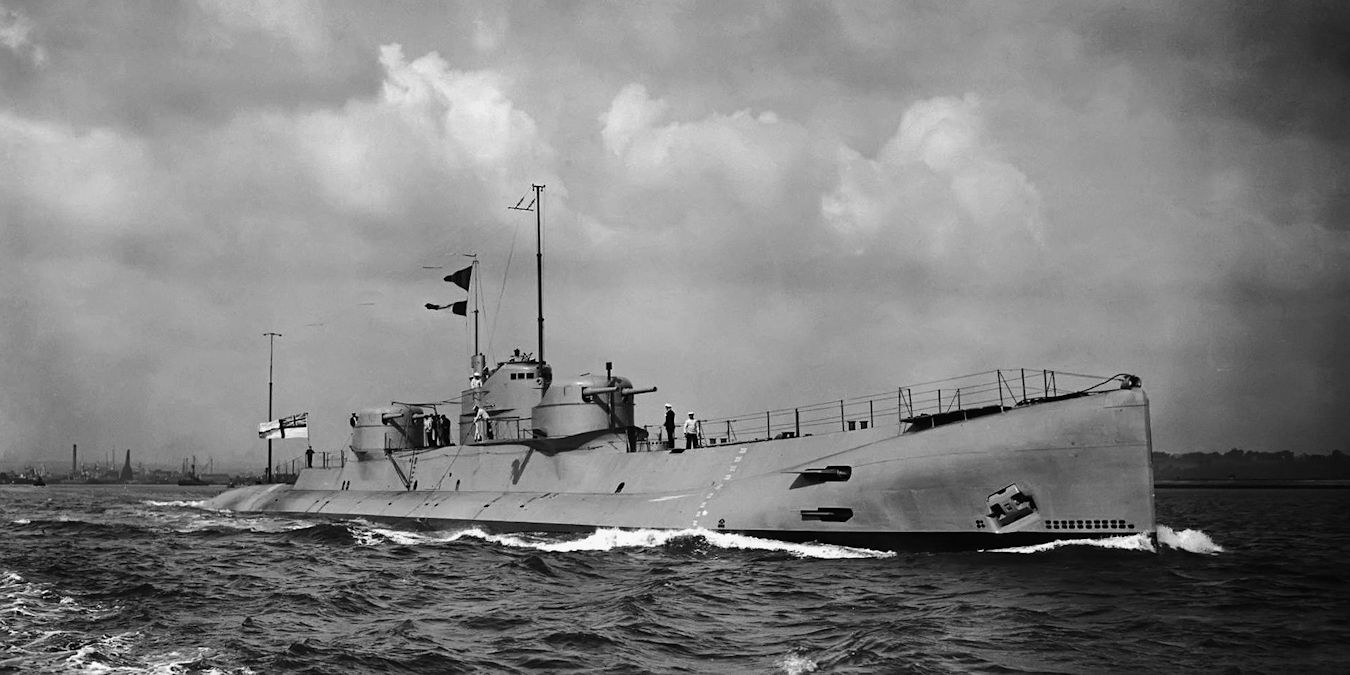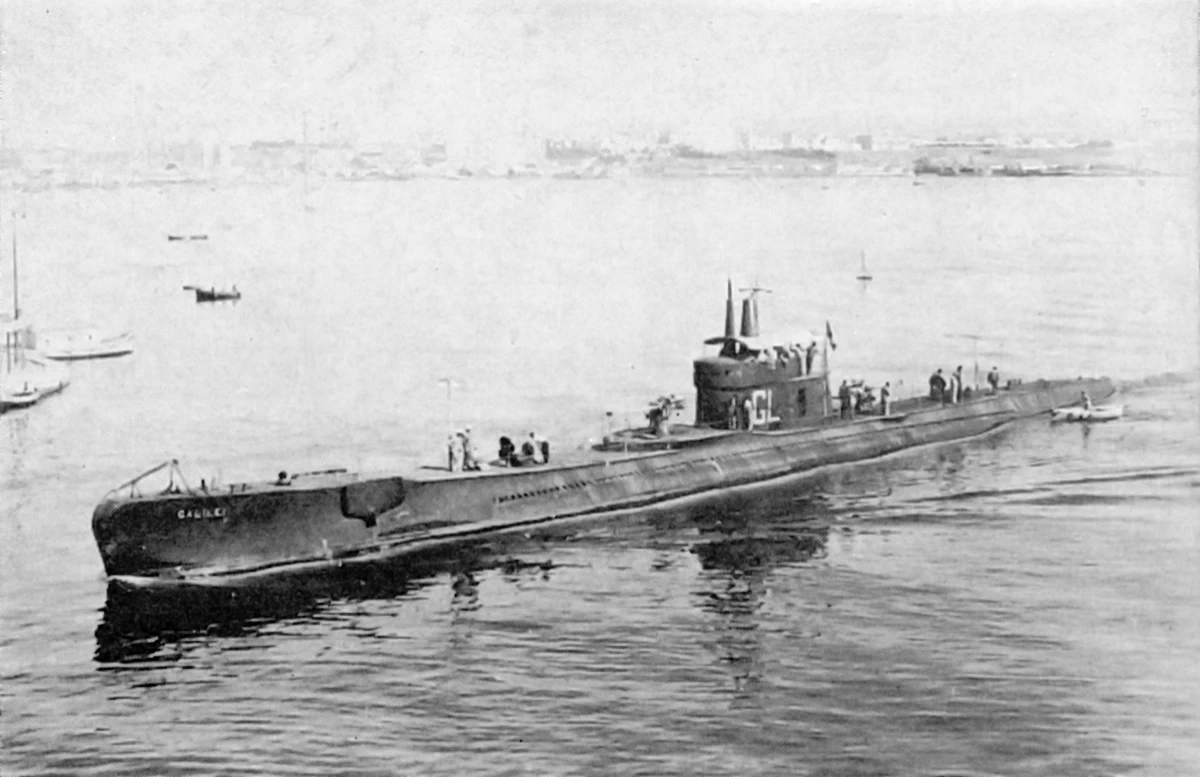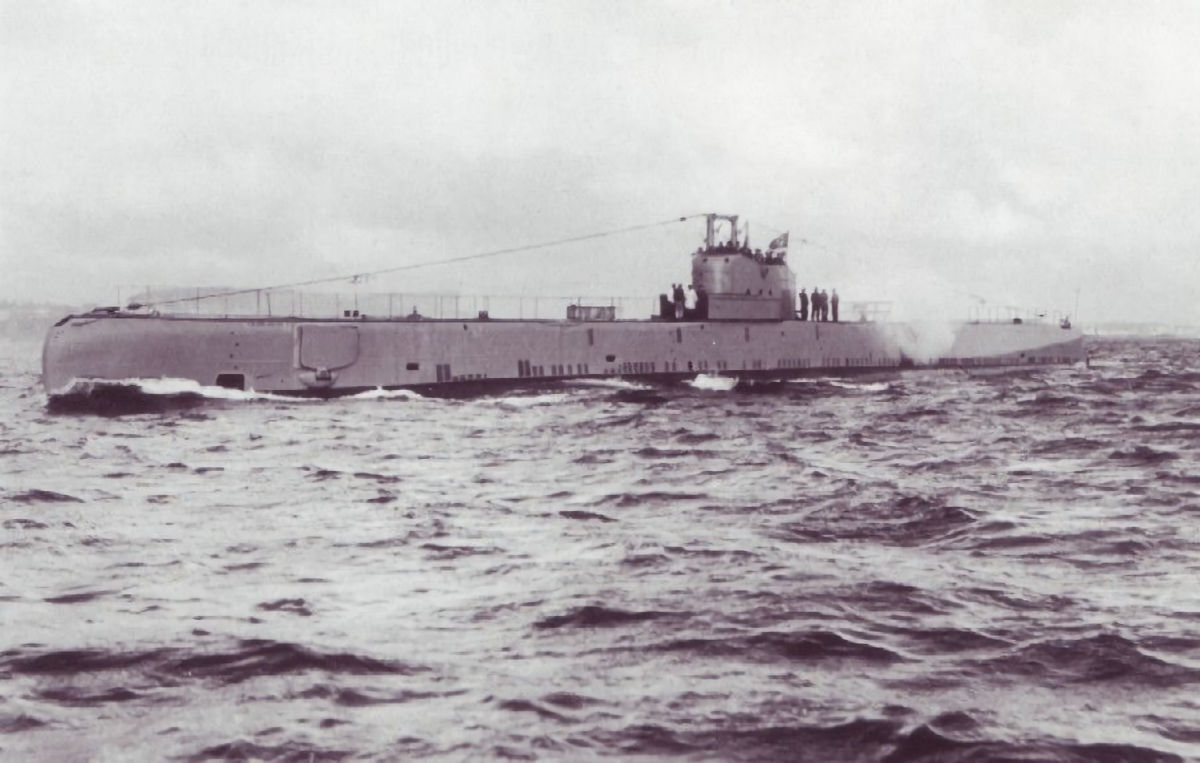Tag: naval
-
British Submarine HMS X1

British Submarine HMS X1 HMS X1 was designed as a commerce raider for the British Royal Navy. The concept was to engage a convoys escorts with her gun armament, which would then enable her and other submarines to sink the merchant vessels. X1’s gun armament consisted of four 5.2 inch guns in twin turrets, one… Read more
-
Italian Submarine Galileo Galilei

Italian Submarine Galileo Galilei Galileo Galilei was an Archimede-class submarine built for the Italian Regia Marina. Launched on 19 March 1934, she was commissioned on 16 October 1934. At the time of Italy’s entry into the Second World War, Galileo Galilei was in the Red Sea. On her first patrol, she sank the Norwegian tanker… Read more
-
German Submarine UB

German Submarine UB KMS UB was a Grampas-class minelaying submarine of the German Kriegsmarine during the Second World War. Originally built and operated by the British Royal Navy, she was captured on 5 May 1940. HMS Seal was launched on 28 September 1938 and commissioned into the Royal Navy on 28 January 1939. On 4… Read more